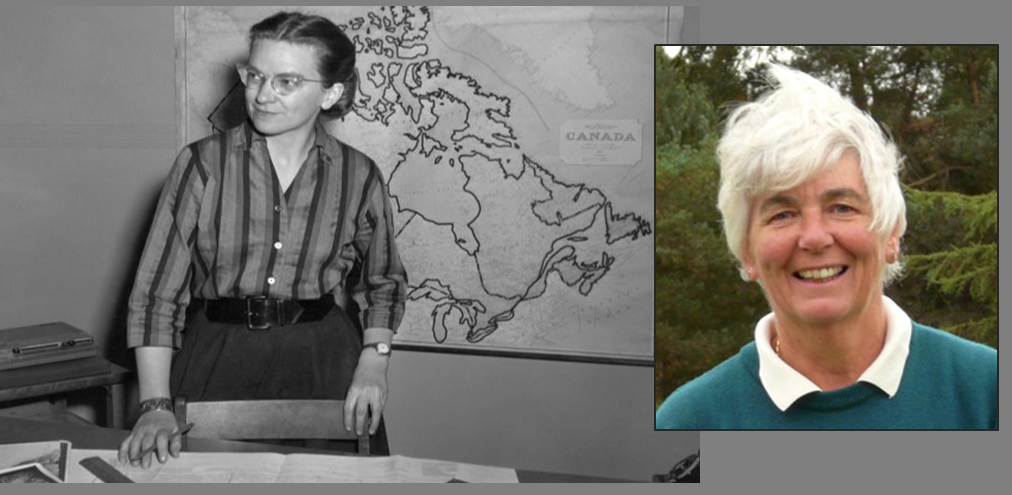Moira’s legacy of land
Throughout an exceptional career as a distinguished Arctic scientist, Moira Dunbar broke through barriers traditionally placed on her gender and blazed a trail for women in science and research.

Moira Dunbar was born in 1918, in Edinburgh, Scotland. Although she earned a BA in Geography from Oxford University (1939), she initially worked as an actress, travelling around Europe with a theatre troupe throughout WWII.
In 1947, Moira travelled to Canada on a visitor’s visa, and while there heard that the Canadian government was looking for trained geographers. Moira successfully applied for a position and began working with the Joint Intelligence Bureau of Canada, editing a book on Arctic sea ice.
Breaking down gender barriers
Hoping for a more hands-on role, Moira applied for a position on an Arctic icebreaker. Despite her having the qualifications and experience, a man was contracted from England because naval vessels would not take a woman. Moira was persistent, and in 1955, the Deputy Minister finally approved her request.
When asked about her experience on icebreakers, Moira explained: “I think they regarded me as some sort of cross between a delicate flower and a dangerous disease... I think they expected me to go around seducing all the men, or something (The Herald, 1999).”
This treatment was only temporary, and soon Moira was regarded as an integral member of the team.
Throughout her career, she conducted her research primarily from icebreakers, however she also realised the benefit of studying ice from above, and began to lobby to be permitted to fly with the Royal Canadian Air Force (RCAF). Once approved, Moira became one of the first women to fly over the North Pole.
When Moira retired in 1978, she had received the Order of Canada and was a governor of the Arctic Institute of North America, and the Director of the Royal Canadian Geographical Society, amongst other accolades.
Her legacy to Queen’s
Moira died on 22 November 1999, at the age of 81. Given her love of geography, it should come as no surprise that, in her will, Moira chose to leave seven acres of property she owned in Limavady, County Londonderry to the Queen’s Foundation.
Through her legacy, Moira is continuing to push boundaries which enable Queen’s to tackle global challenges that affect people here – and further afield – and which will no doubt change lives long into the future.